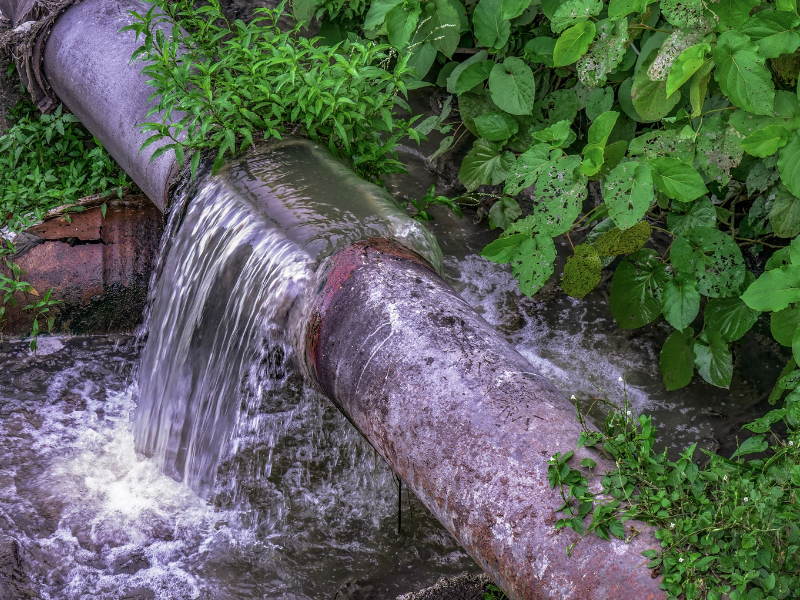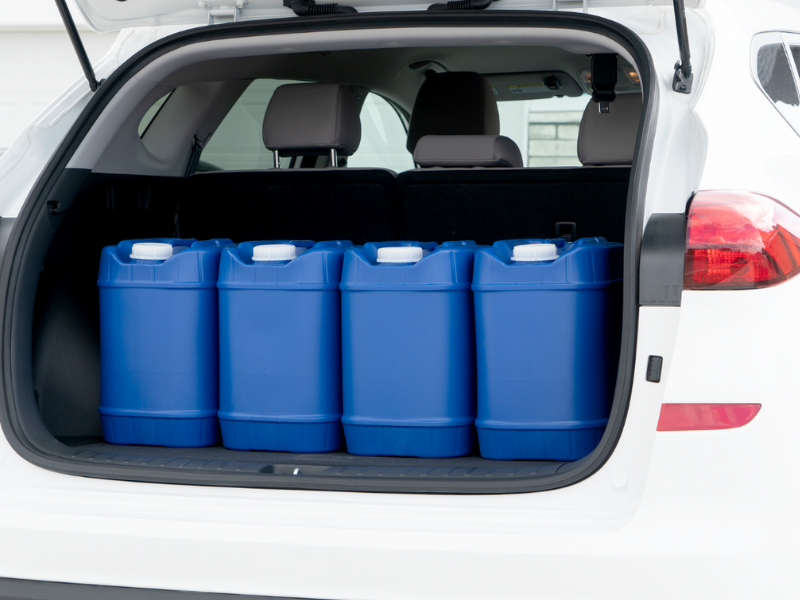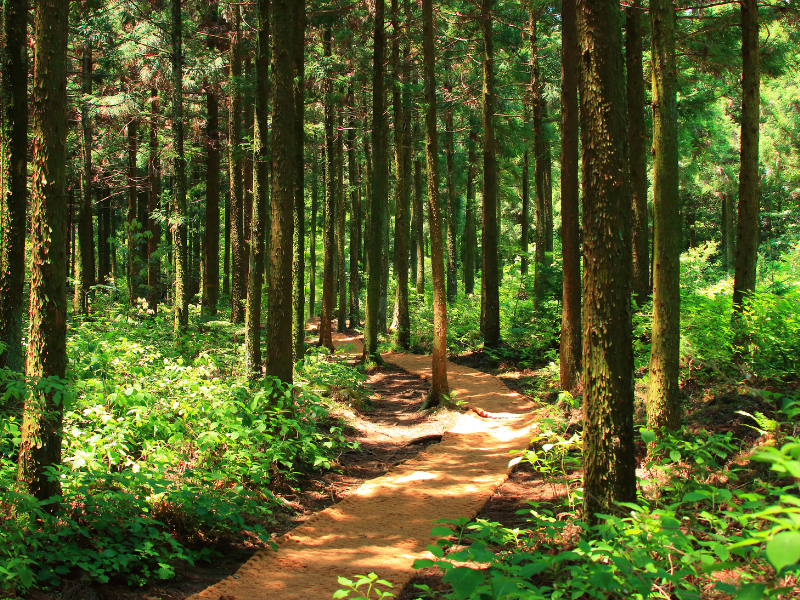Whether you're hiking the Appalachian Trail, camping with your family, or in an area with unsanitized water, knowing how to make water safe to drink is crucial. While there are modern methods like filters and chemical treatments, boiling water remains a tried-and-true solution used for centuries.
Finding Water in the Wilderness

When you're in the wilderness, the first step to staying hydrated is finding a water source. The best options include:
- Clear, flowing springs or streams: Look for sources far from human activity or manmade structures.
- Lakes, ponds, or rivers: These are good alternatives but may require additional filtration or sediment removal.
- Snow or ice: If you're high in the mountains, snow can be a reliable source as long as it's clean (avoid yellow, black, or brown snow). Always melt snow to prevent body temperature from dropping.
If water is scarce, move downhill and look for signs of vegetation, as it often indicates water nearby. Avoid stagnant water, which is more likely to contain harmful bacteria, parasites, and contaminants.
How Long Should You Boil Water?
Boiling is one of the simplest and most effective methods of water purification. According to the Centers for Disease Control (CDC), boiling times vary based on elevation:
- Below 6,562 feet: Boil water vigorously for at least 1 minute.
- Above 6,562 feet: Boil water for at least 3 minutes due to lower boiling points at higher altitudes.
The Wilderness Medical Society provides further guidance on temperature thresholds for pathogen elimination:
- 160°F (71°C): Kills all pathogens in 30 minutes.
- 185°F (85°C): Kills all pathogens in 3 minutes.
- 212°F (100°C): Water reaches a rolling boil, eliminating pathogens almost instantly.
By the time water begins to boil, it is safe to drink at any elevation. For water with visible debris or sediment, filter it through a clean cloth or allow the sediment to settle before pouring off the clearer water.














